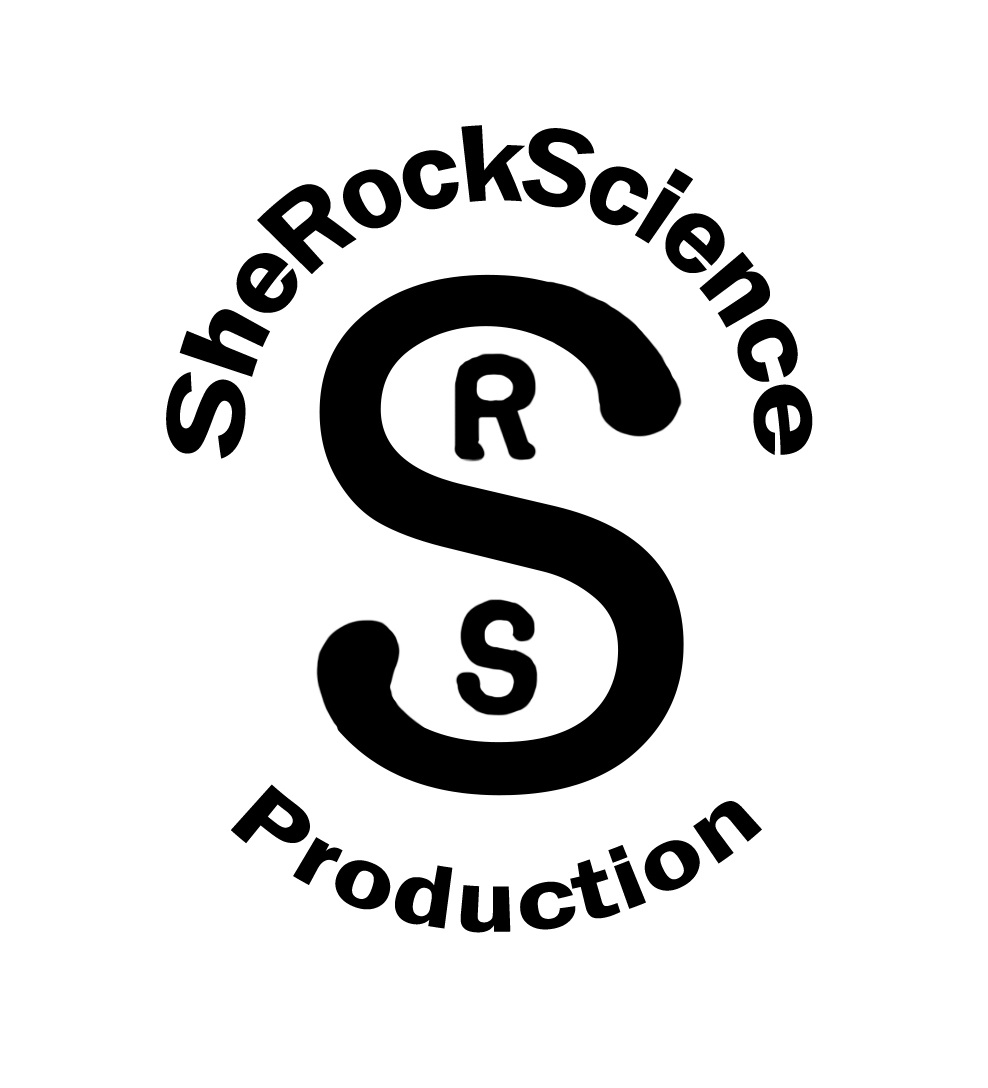Highlight of the laboratory of Louis K Scheffer, Ph.D. at the Howard Hughes Medical Institute
A defining feature of an animal is that it has some form of a brain. Dr. Lou Scheffer’s group digs deep
to understand the structural details of the brain and its neural tissues. Discoveries are made not only
by creating a detailed map of each cell and its neighbor, but by comparing young to old brains and
brains among different animals.
The lab collates images generated by Electron Microscopy combined with automated help to identify
cells. Rules, such as categorizing which cells are likely near each other and which are not, help speed
up the process. In addition, an algorithm classifies regions that have higher levels of uncertainty
needing further attention by people to identify and correct conflicting areas.
Ultimately building a “linkage map” will help define how the features detected relate to real biological
elements. This linkage map information is then reused to refine the next set of rules building even
more precise parameters for mapping cells and tissues.
Comparing brains of different ages shows how the brain changes over time. Comparing across the
animal kingdom helps identify unique and shared ancestral traits. Understanding a more simple brain
such as a fly with only 100 million connections can lead to insights about the human brain with over 100
trillion connections.
One of the biggest challenges right now is not the machinery but the man power to run, coordinate,
and communicate information in such an operation. However Dr. Scheffer’s group within the research
team at Janelia Research Campus combines biology with electrical engineering, sharing technological
advances of the electronic design automation industry to piggy-back on the solutions to keep the
process running smoothly. Ultimately all of this work will lead to a better understanding of how the
nervous system works!
